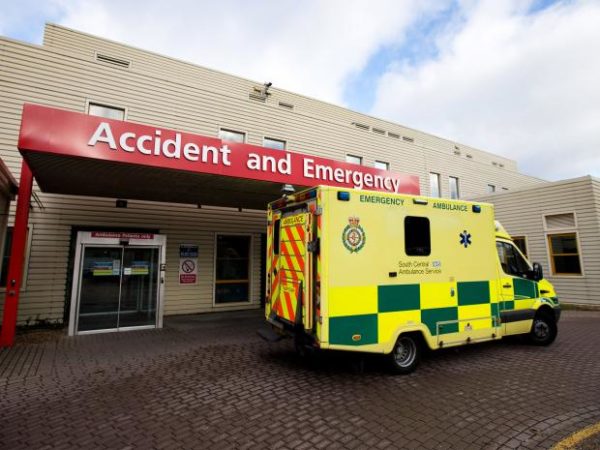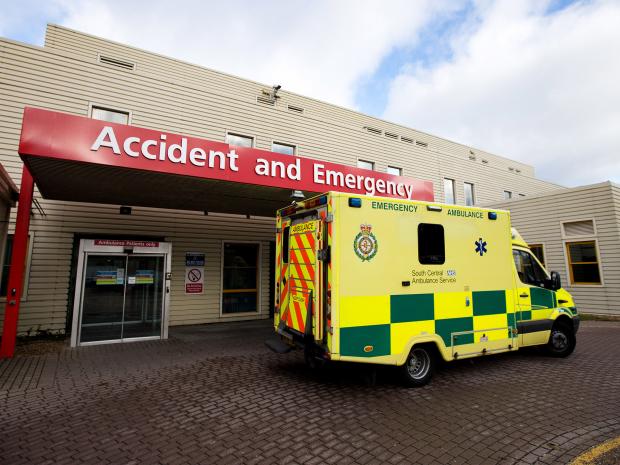 The viability of the health care system in the UK has been under fire for some time, with pundits along with patient advocacy groups, citizens, and medical providers all adding to the heated discussion. Each month, it seems new data is published that sheds less than optimistic light on the operations of the NHS, and the latest reports are no exception. In July, details about the success of meeting patient wait time targets was released, highlighting the fact that intended marks have been missed consecutively for the past two years. Accident and emergency units (A&E) throughout the system have failed to meet the 95% target of no more than four hours, leaving between 5 and 10% of patients waiting an extended period to receive the care they need.
The viability of the health care system in the UK has been under fire for some time, with pundits along with patient advocacy groups, citizens, and medical providers all adding to the heated discussion. Each month, it seems new data is published that sheds less than optimistic light on the operations of the NHS, and the latest reports are no exception. In July, details about the success of meeting patient wait time targets was released, highlighting the fact that intended marks have been missed consecutively for the past two years. Accident and emergency units (A&E) throughout the system have failed to meet the 95% target of no more than four hours, leaving between 5 and 10% of patients waiting an extended period to receive the care they need.
Although some argue that patient wait times have improved since targets were introduced, the recent data suggests otherwise. The health care system millions of people depend on each year is under a great amount of pressure from external and internal sources, creating an environment where providing the highest quality patient care, including appropriate wait times, is a challenge. The aging population combined with an increased reliance on emergency units for medical issues ranging from acute to severe means patient wait times may not be realistically lowered in the near future. Other moves within the NHS are also plaguing the success of the health care system throughout the country.
A&E Unit Closures
The missed targets for patient wait times are not the only unsettling news coming from the NHS in recent months. Earlier this year, the closure or downgrade of several emergency units was announced, based on a sustainability and transformation plan set in motion last year. The health care system has been working toward more efficiency in its operations as part of a five-year strategic plan, and a two dozen A&E units are on the chopping block as part of the initiative. This drastic change is meant to force patients to rely less on emergency departments and providers for care that could be managed in a primary care facility, ultimately releasing some of the pressure put on already stretched thin units. Consolidating care facilities is planned by staffing non-emergency facilities with GPs, and tapping into the power of recent technology to provide care options within a patient’s home. Because wait time targets include patients being seen for all varieties of illnesses and injuries, the NHS believes that putting more focus on primary care services will help A&E wait times even as several units close.
Each of these strategies is meant to empower patients to take a closer look at the way they view health care, potentially transitioning the country toward a more preventative mindset. In the process, the hope is that the operating costs of hospitals are reduced which then gives way to adding staff, increasing provider pay, and improving the way patients receive medical treatment when it is needed.
The Risk to Patient Care
Even though the shifts within the NHS and specifically the A&E space come from a good place, many are concerned the heavy focus on cost reduction will do little in the realm of patient care quality. A solicitor from a medical negligence firm that handles several accident and emergency claims each year explains that there are more factors to consider in the debate. In the last year, the rate of bed occupancies has reached an all-time high, and that results in delays across the board. Not only are current patients kept in the hospital longer than necessary due to lack of at-home or social care service availability, new patients in need of diagnosis and treatment are left waiting in the wings. Combining these issues with A&E closures means wait times for patients may not hit intended targets any time in the near future, putting patients’ health and well-being at unnecessary risk.
The rapid aging of the population and the increased number of patients seeking care each year are not easily solved issues for any country’s health care system. But the NHS’ focus on reduction of cost under the guise of improved medical care may not prove beneficial to patients in the long run. The A&E closures and downgrades currently taking place have the potential to help shift the population away from seeking urgent treatment for health issues that are less severe, but only time will tell if this transition will ultimately improve the experience patients have when utilising the health care system.
